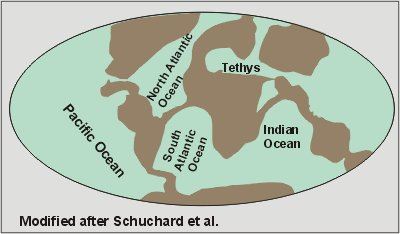Menu
Log in
Member Login |
ESS Common Misconceptions |
| 'EASIER TO ADDRESS'* EARTH SCIENCE MISCONCEPTIONS | *as opposed to questions of scale, time, |
Earth's Structure
Mineral and Rock Terms
| Plate Tectonics
| Earthquakes
| Volcanoes
|
Ocean Systems
| River Systems
| Groundwater & Karst Systems:
| Glacial Systems
|
Earth's Setting
| Climate
| Deserts
| Greenhouse Warming
|
 |
Powered by Wild Apricot Membership Software




